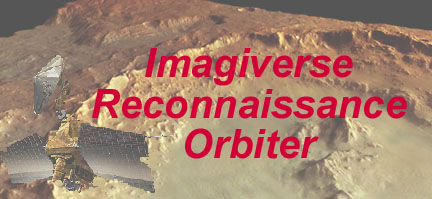

Mars Polar Ice Caps
By Brennen (7th Grade)
Martian Ice Caps are located on the northern and the southern poles. The ice on the planet is mainly made up of water ice and carbon dioxide ice (also known as dry ice). These ice caps could either be seasonal or residual. Seasonal ice caps freeze during the winter and evaporate during the summer on Mars. Residual ice caps are present throughout the entire year and don't evaporate due to Martian seasonal change. Scientists thought that they could compare the amount of carbon dioxide on the inner planets. Earth, they assumed, had most of its carbon dioxide locked in marine carbonates and that Venus had its carbon dioxide in the atmosphere of the planet. Because of carbon dioxide in the atmosphere, it created a greenhouse effect. Since Mars has ice caps on the north and south poles, it has only an insignificant portion of carbon dioxide compared to Earth and Venus. The new information found on Mars puts interest in the questions of how could Mars ever be warm and wet in the first place. One theory is that Mars had enough carbon dioxide in the atmosphere to trap heat and warm the planet. The flaw to this theory, according to other scientists, is that Mars was never warm, just cold and wet. Other theories include that water was trapped inside the ice and when the ice melted, the water formed channels depositing at the poles. Although no one knows for sure, Mars still remains an interest to scientists and astronomers who continue to study Mars for facts about its amazing history.
|
| Home | Contact Us | Credits | Sitemap |
© 2005 - Imagiverse Educational Consortium